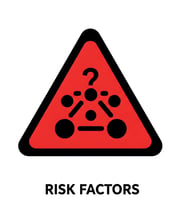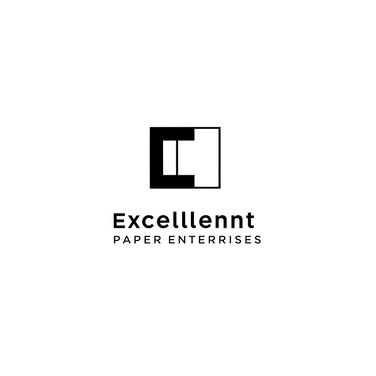Organizational stability and promoter’s extensive experience: The extensive industry experience of the promoter and healthy track record and long-standing customer relationships have helped the firm gain repeat orders and also improve customer concentration risk and service diversity.
· Established relationships with customers and suppliers: Over the years, the promoter has established strong relationships with both customers and suppliers, resulting in regular orders and hassle-free supply of consumables.
· High focus on quality: The firm has an in-house quality team, which undertakes quality testing to enhance the product quality, leading to a competitive advantage.
· Automation: The firm’s fully automated production process improves cycle
time and minimises wastage.


· Exposure to intense competition: The industry has many small and medium- scale enterprises (due to low entry barriers), with limited product differentiation; many players operate in the unorganized segment, and the industry also faces competition from the external industry, which has a larger global footprint.
· Weak organisation structure: The business is highly dependent on the promoter and is yet to develop a competent second-tier management with decision-making powers.
· Inadequate Insurance coverage: The firm’s assets are not adequately insured, leaving it vulnerable to event risks.
· Low capacity utilisation: The firm is utilising only 40.00% of its installed
capacity, which may constrain cash flows to absorb depreciation and fixed costs. This may pressure margins in the future.
Financial
· Adequate return on capital employed (RoCE): RoCE was managed adequately at 20.45% during fiscal 2017. This implies that the firm has adequate resources for meeting its business obligations.
· Adequate working capital management: Working capital has been managed efficiently as the firm’s gross current assets remained adequate at 21 days for fiscal 2017. The days reflect low inventory at 5 days and receivables at 7 days for fiscal 2017.
· Adequate profitability: The firm’s operating profit before depreciation, interest,
and tax (OPBDIT) margin was adequate at 2.95% and profit after tax (PAT) margin at 2.31% in fiscal 2017.
· Moderate financial flexibility: Although the firm had a low debt base over the past 4 fiscal years, proposed enhancement of cash credit facility would increase
thegearingtoaround2times.Itwouldleavethefirmvulnerabletoexternal shocks.


